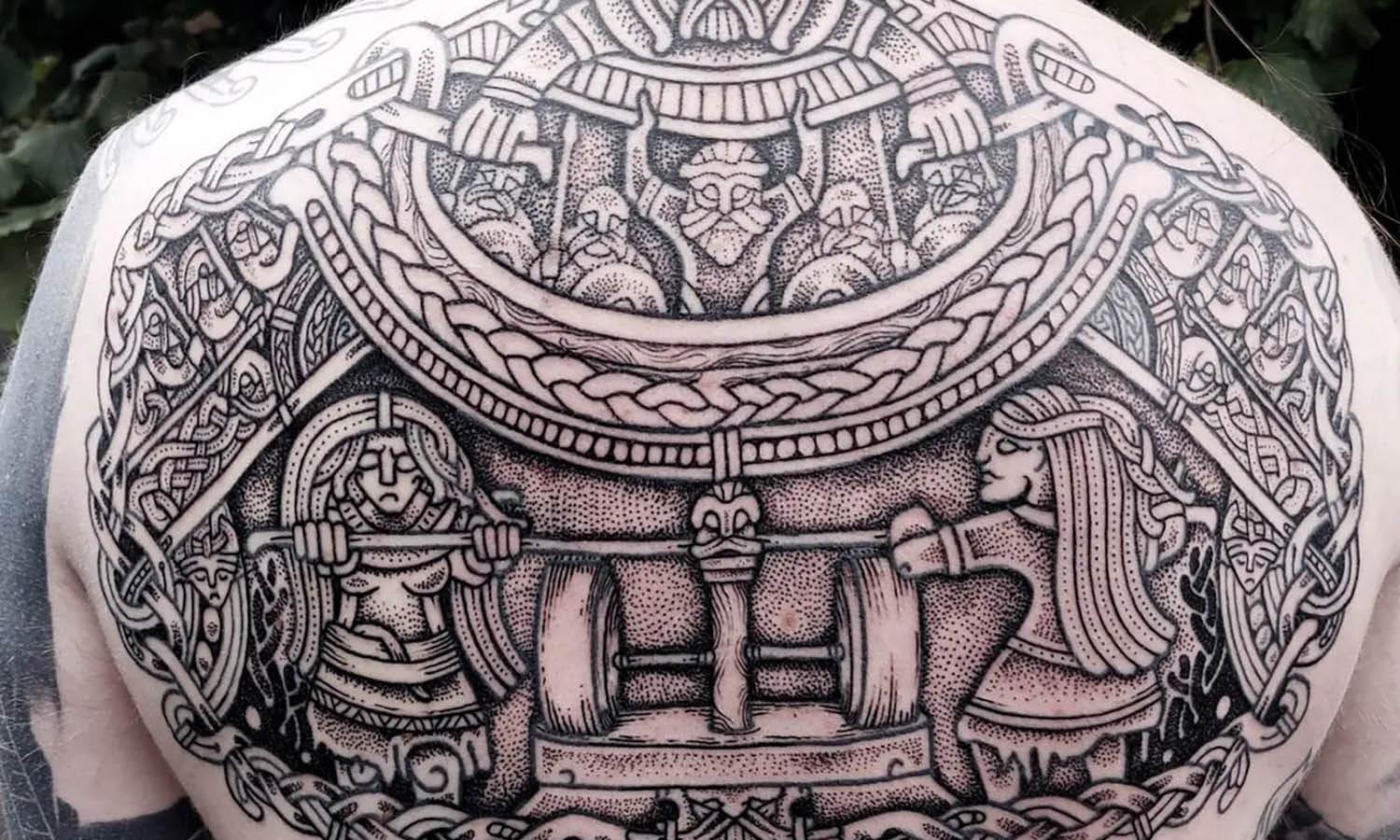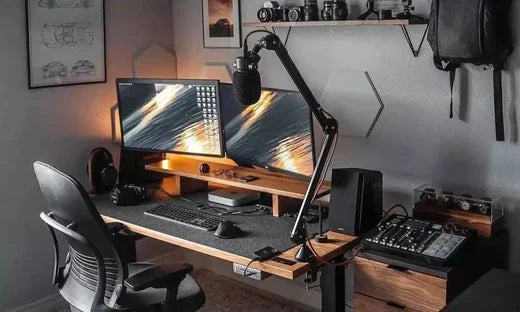What is a Social Media Influencer? Get the Full Picture

Social media influencers will still be the lords of digital communication in 2025. These creators guide online conversations, build engaged communities and connect brands with the right customers. As the social media landscape continues to evolve, influencer marketing has become fundamental to modern digital marketing plans.
The rise of social content creators is a salient shift in consumption and purchasing behavior. Every platform promises its own distinctive influencers who branch out with attention-grabbing content for varying pieces of the audience pie.
Influencer marketing generates measurable results for brands seeking authentic connections with consumers. The industry reached $22.2 billion in 2025, showing the growing impact of social media content creators.
Understanding Social Media Influencers
Social media platforms provide spaces where content creators build engaged communities. These influencers create value through authentic storytelling, expert knowledge sharing, and genuine audience interactions.
While some may be tempted to buy X followers or any mediums followers to boost their numbers, true influence comes from fostering real connections and delivering consistent value to their audience.
Core Elements of Social Media Influence
Content creators establish credibility in specific areas like fashion, technology, gaming, or lifestyle topics. They post regular updates that resonate with their audience's interests and needs. The social media influencer maintains consistent engagement through comments, direct messages, and live streams.
The Evolution of Digital Influence
The social landscape transformed from traditional celebrity endorsements to diverse content creator tiers. Mega-influencers reach millions, while nano-influencers connect deeply with smaller, highly engaged communities. Each tier serves different marketing purposes and audience segments.
Building Trust Through Authenticity
Successful social media personalities prioritize authentic connections with followers. They share personal experiences, behind-the-scenes content, and honest product reviews. This transparency builds trust and strengthens community bonds.
Types of Social Media Influencers
The influencer ecosystem includes various creator categories based on follower count and content focus. Understanding these distinctions helps brands select ideal partnerships.
Every social media platform hosts different types of content creators. Instagram showcases visual storytellers, while YouTube features long-form video creators. TikTok empowers short-form video specialists.
Mega-Influencers: The Digital Stars
These social media creators maintain followings exceeding one million people. They often cross multiple platforms and create diverse content types. Mega-influencers command high engagement rates and significant brand partnership fees.
Macro-Influencers: Established Voices
Content creators with 500,000 to one million followers balance reach and engagement. They typically focus on specific content niches while maintaining broad appeal. These social personalities often work with major brands on sustained campaigns.
Mid-Tier Influencers: Growing Voices
The 50,000 to 500,000 follower range represents creators building strong community connections. They maintain higher engagement rates than larger accounts while offering reasonable partnership costs. Mid-tier influencers often specialize in particular topics or industries.
Micro-Influencers: Niche Experts
Social media creators with 10,000 to 50,000 followers excel in specific areas. They generate high engagement through focused content and strong audience relationships. Micro-influencers provide authentic connections for brands targeting precise demographics.
Nano-Influencers: Community Leaders
These social personalities maintain under 10,000 followers but drive significant engagement. They create highly targeted content for specific interests or local communities. Nano-influencers offer authentic voices for brands seeking grassroots promotion.
Content Creation and Strategy
Social media influencers develop consistent content strategies to maintain audience engagement. They balance creativity with strategic planning to deliver value to followers and brand partners.

Content Planning Process
Successful creators establish posting schedules that match audience activity patterns. They research trending topics, analyze performance metrics, and adjust strategies based on feedback. The social media calendar includes varied content types to maintain viewer interest.
Platform-Specific Approaches
Each social network requires unique content formats and engagement strategies. Instagram emphasizes visual storytelling through photos and stories. TikTok demands creative short-form videos with trending music and effects. YouTube supports in-depth content exploration through longer videos.
Engagement Techniques
Social media influencers employ various methods to boost audience interaction. They respond to comments, create polls, host live sessions, and share interactive stories. These engagement activities strengthen community bonds and increase content reach.
Monetization Methods
Content creators generate income through multiple revenue streams. They combine brand partnerships, affiliate marketing, and platform-specific programs.
Brand Collaborations
Social media influencers partner with companies for sponsored content creation. They integrate products naturally into their content while maintaining authenticity. These partnerships form the primary income source for many creators.
Affiliate Marketing Strategies
Creators earn commissions by promoting products through unique tracking links. They recommend items that align with their audience's interests and needs. Successful affiliate marketing requires trust and genuine product enthusiasm.
Platform Revenue Programs
Social networks offer various monetization options for content creators. YouTube provides ad revenue sharing and channel memberships. Instagram and TikTok feature creator funds and shopping integration tools.
Building an Influencer Career
The path to social media influence requires dedication, strategy, and authentic audience connection. New creators focus on establishing expertise and building engaged communities.

Choosing Your Niche
Successful influencers specialize in specific content areas. They demonstrate genuine passion and knowledge in their chosen field. The social media landscape rewards authentic expertise over general content creation.
Content Quality Standards
Professional creators maintain high production standards across platforms. They invest in quality equipment, editing software, and skill development. Consistent content quality builds audience trust and attracts brand partnerships.
Community Management
Social media influence grows through active community engagement. Creators respond to comments, address concerns, and foster discussions. Strong community management increases follower loyalty and content reach.
Measuring Influence and Success
Content creators track various metrics to evaluate their impact and adjust strategies. They analyze engagement rates, follower growth, and conversion statistics.
Key Performance Indicators
Social media success requires monitoring specific metrics. Engagement rates show audience interaction levels with content. Follower growth indicates expanding reach and influence.
Analytics Tools
Creators use platform-specific and third-party analytics tools. These applications track performance metrics and audience demographics. Data analysis guides content strategy and partnership decisions.
ROI Evaluation
Social media influencers measure campaign success through various metrics. They track link clicks, conversion rates, and revenue generation. These measurements help optimize future content and partnerships.
Future Trends in Social Influence
The social media landscape continues evolving with new technologies and platforms. Creators adapt to changing audience preferences and emerging content formats.
Emerging Platforms
New social networks create opportunities for content creators. They experiment with innovative formats and engagement methods. Early platform adoption often leads to rapid follower growth.
Technology Integration
Social media influencers incorporate advanced tools into content creation. They utilize artificial intelligence, augmented reality, and virtual reality features. These technologies enhance content engagement and viewer experience.
Industry Evolution
The social media influence sector grows more professional and regulated. Content creators develop business structures and management teams. The industry establishes standard practices for partnerships and disclosure.
Conclusion
Social media influencers revolutionize the way we communicate and market on digital platforms. They build authentic relationships with pre-qualified audiences, so brands never have to worry about whether their marketing is working. So as long as new platforms and technologies continue to emerge, the industry is there to stay.
With building a brand and being a successful influencer means active users and getting attached to the page. Content creators combine creativity and entrepreneurship to build sustainable careers. For those who are willing to stay true to themselves while they ride the industry lightning, there’s a massive amount of potential ahead.
30 Best Forearm Tattoo Ideas for Men You Should Check
Tattoos are more than just art; they are a form of personal expression etched into the very fabric of your skin. Among the most popular choices … read more.















